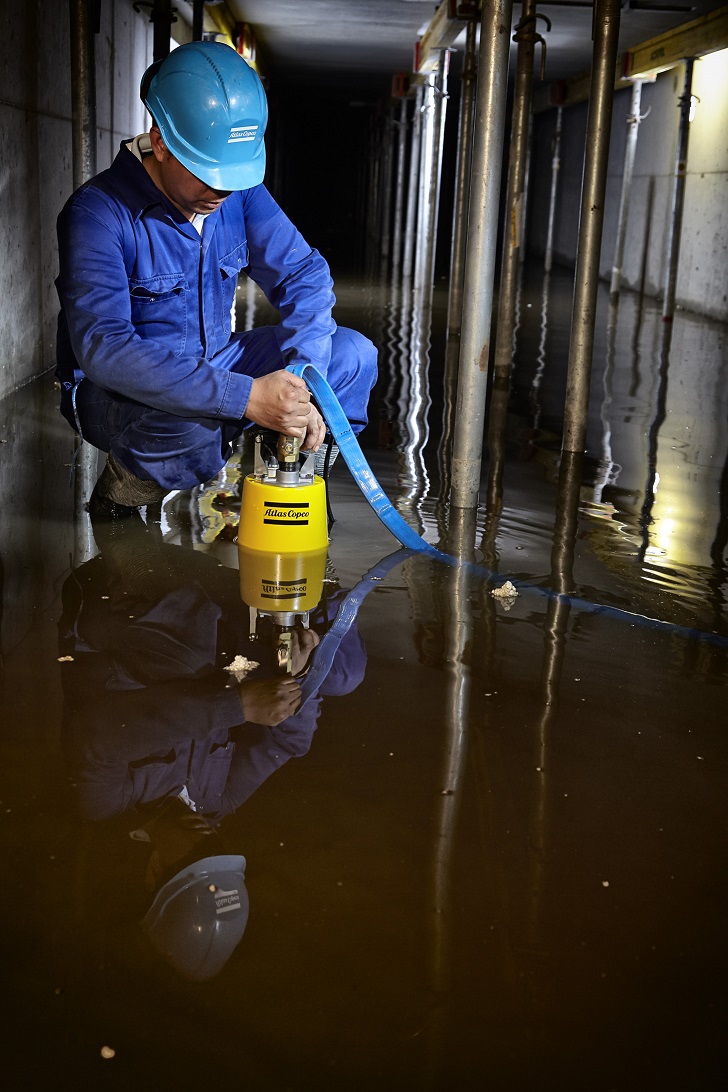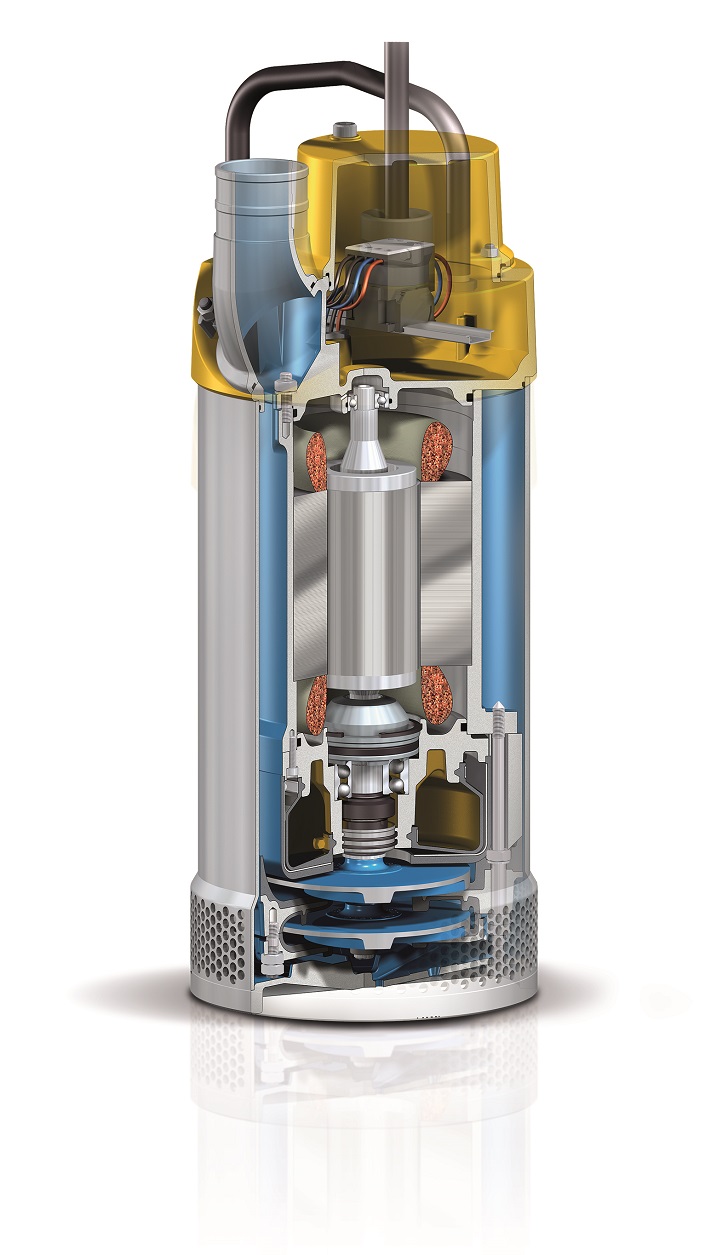

Submersible dewatering pumps have one clear goal – to move water, whether it’s to another location for reuse or to simply remove water from a low-lying area.
For the most part they require minimal maintenance. But before the operator sets and forgets the submersible dewatering pumps, there are some preventative maintenance practices which should be followed to keep them operating day in and day out so productivity keeps flowing in the right direction. And some of the most important practices start long before the pumps arrive at the jobsite.
Dewatering construction Electric submersible pumps are the most commonly used pumps for dewatering construction sites. They are small and lightweight and when it comes to maintaining the pumps, choosing the right one for the application is one of the biggest decisions that have to be made. Using a pump that is not sized for the application can lead to issues later on, like a broken shaft, dislodged seal or thrown impeller; any of these problems will lead to costly downtime.
To avoid this, there are three things to consider: the material handled, how far it needs to be pumped it and the elevation to which it will be pumped. If it will be moving materials such as sand, gravel or clay, rather than just water, a model will be required which is rated for that application and is equipped with impellers made of a durable material, such as cast iron. Other materials, like polyurethane, can handle water, but abrasive materials can cause them to wear out quickly. Electric submersible pumps rated for these applications can typically move materials as large as 1 in in diameter with minimal wear to components. Now it needs to be confirmed that the pump can move water as far as it needs it to go. Generally, the further the pump is from the water site, the greater the gallons per minute (gpm) it will need to move the water to or from that location. If the water has to move uphill, the pump also will need more head capacity. In other words, how high the pump can raise water. Electric submersible pumps operate with as much as 5,300 gpm and can pump water as high as 275 feet. Outputs can be as wide as 10 ins in diameter for even greater flow capacities. Durable materials Once the right size has been determined, it is important to ensure that the pump has been constructed with durable materials and has features that will withstand long run times and the harsh conditions of construction applications. The pump’s wear plates and seals play an important role in that, since they help protect the internal components.
Double mechanical seals provide a consistent, watertight interface. Some manufacturers offer stainless steel seals, which last longer than rubber seals and are more durable, which makes them great for use on jobsites. Also look for mechanisms that stop the unit if it overheats or the electric current overloads the pump. On most models the pump will automatically restart after it has cooled. This helps protect the motor from damage and extends the life of the pump.
If the pump will be unattended, consider installing a float that automatically shuts the pump off when the water level becomes too low, then restarts it as the level rises. This prevents damage to the seal and premature motor failure. In addition to pump components that keep damage from occurring, there are others that make maintenance faster and easier on the jobsite. For example, some pumps offer access to their interiors with the removal of just three bolts rather than several more on other models.
Some pumps also don’t require users to remove additional components, like the seal, to access the interior. For faster maintenance on the jobsite, many manufacturers offer a complete replacement package that includes a seal, shaft and impeller and everything users need to install them. Also consider where you can get parts and how long you might have to wait for them. But once the pump is in place, it needs to be checked every so often.
Regular maintenance While every piece of equipment with moving parts needs regular, preventative maintenance, it’s particularly important for equipment used in rugged applications like dewatering construction sites. Electric submersible pumps have three main wear parts: the impeller, seal and shaft. A drop of preventative maintenance goes a long way with all of them.
Since the seal is one of the most critical parts of a pump, it’s important to check the seal oil as often as once a week in heavy-use applications and refill it as needed. This will ensure the seal remains properly lubricated and watertight.
Inspecting hoses and cables for damage should be on the weekly checklist too, especially if they are exposed to the elements or in areas where traffic could cause damage. Typically a damaged pump hose is easy to spot as you’ll see water flowing from the hose. A damaged cord, on the other hand, might not be as noticeable, and if left unrepaired could be a danger to personnel or short the motor.
If the pumps will be in use for extended periods, they will have to be taken them out of service about every four months to thoroughly inspect internal components like the impeller and shaft. Damage to these areas can allow water to leak into the pump and damage components. This also is a good time to change the seal oil as it can become thick and gummy over time and cause the pump to burn out. To eliminate the risk of injuries, the power supply must be shut down before any maintenance is performed. Backup pump Finally, a backup pump should be available to keep water flowing if the pump needs maintenance or when taken it out of service. The longevity and performance of the pump comes from the preventative maintenance practices performed. From the time of purchase to the last day on site, a clear preventative maintenance plan for the pump will keep water moving and productivity flowing in the right direction.
About the Author Joe Moser is the pump product line manager at Atlas Copco Construction Equipment. He has more than ten years of industry experience.





